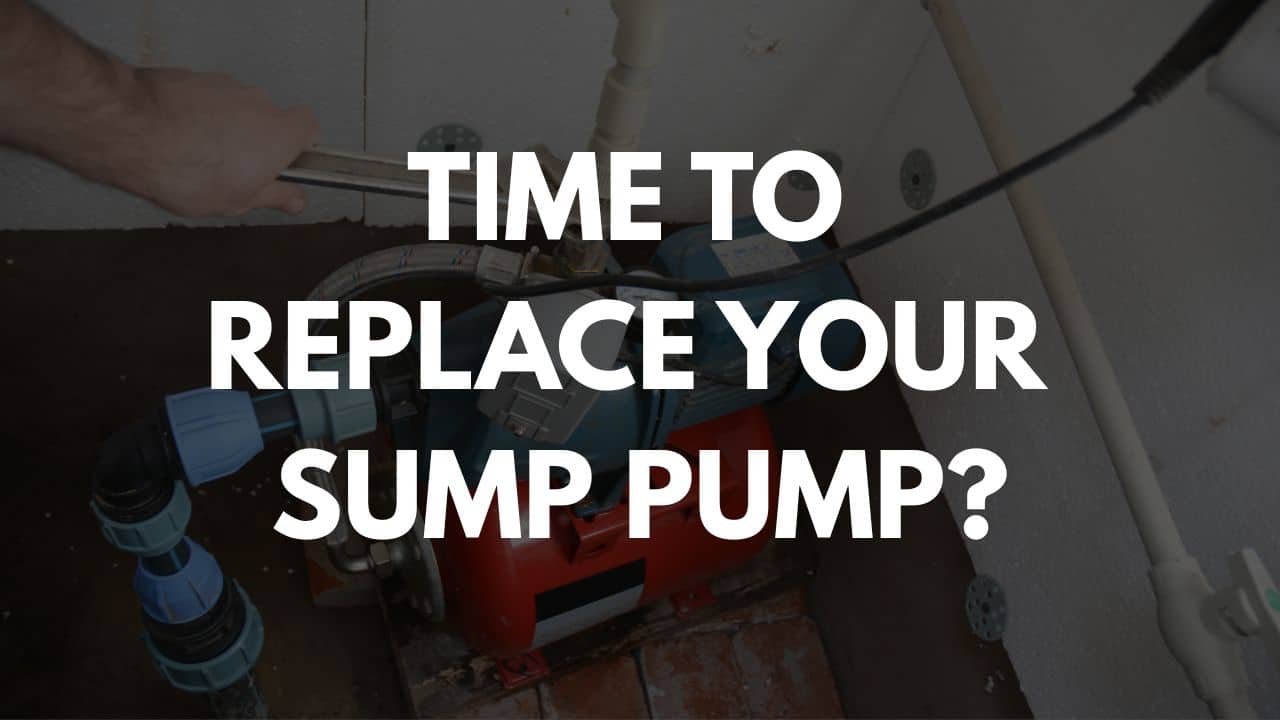
Installing a Sump Pump: Can You DIY or Should You Hire a Pro?
If you’re handy and love a good weekend project, you might wonder if installing your own sump pump is worth a shot. And while the answer depends on a few key factors, I’ll walk you through both sides of the decision—based on years of crawling through basements and fixing both good and bad installs.
Here’s what to consider before you pick up a shovel or a phone.
🛠️ The DIY Approach: When It Makes Sense
Installing a sump pump yourself can absolutely be done if:
- You’re replacing an old pump with the same model
- The pit and discharge line are already in place
- You’re comfortable with basic plumbing and electrical work
✅ Pros of DIY
- Save $200–$600 in labor costs
- Learn how your system works inside and out
- Immediate satisfaction and control over the job
⛔ Risks of DIY
- Incorrect installs can fail during storms
- Missing a check valve leads to short cycling and burnout
- Electrical or discharge mistakes can cause damage or flooding
Pro Tip: Always test the system with water before finishing up the job. A dry install isn’t a real test.
💼 When to Call in a Pro
Hiring a pro might be your best move if:
- This is your first pump install or you’re not confident with electrical work
- You need to dig a brand-new pit
- You’re rerouting a discharge line or need to install a check valve
- You’re dealing with a complex backup or dual-pump system
✅ Pros of Hiring a Pro
- Proper setup with code compliance
- Faster, cleaner installation
- Warranty on labor and pump in many cases
- Peace of mind during the next storm
⛔ Cons
- Higher upfront cost
- Scheduling delays during rainy seasons
Pro Insight: I’ve been called in to fix more than one DIY install that looked fine—until the first heavy rain hit. Water finds every weakness.
🌧️ Tools & Materials Checklist for DIYers
If you’re going the DIY route, make sure you have:
- Sump pump (submersible or pedestal)
- Basin/pit liner (if starting from scratch)
- Gravel for under and around the basin
- PVC pipe and fittings for discharge line
- Check valve
- Pipe glue or sealant
- Power drill, level, shovel, and saw
- GFCI outlet nearby
Optional but recommended:
- Backup system
- Water alarm
- Battery-powered utility pump (as a fail-safe)
⚠️ Common Mistakes to Avoid
- No check valve: Water flows back into the pit, causing burnout
- Improper grading: Water from discharge flows back to the foundation
- Loose electrical connections: Can trip breakers or fail under load
- Wrong size pump: Too weak won’t keep up; too strong can short cycle
🤔 FAQ: Sump Pump Installation Edition
Q: How long does it take to install a sump pump?
A: Replacements take 1–2 hours. New installs with pit and plumbing can take 6–8 hours or more.
Q: Can I just plug the pump into any outlet?
A: It should go into a GFCI outlet on a dedicated circuit to avoid tripping or overloading.
Q: Do I need a permit to install a sump pump?
A: In some areas, yes—especially if tying into city drainage or electrical work. Check local codes.
Q: Is pedestal or submersible better for DIY?
A: Pedestal pumps are easier to work on, but submersibles are quieter and more efficient.
Q: Can I install a backup system myself too?
A: Battery backups are usually DIY-friendly. Water-powered backups are more complex.
A sump pump isn’t a glamorous install—but it’s one of the most important ones in your home. If you’re confident and well-prepped, a DIY install can save money and teach you a lot. But if you’re unsure, don’t take chances—bring in a pro and make sure it’s done right.
And if you want a second set of eyes, help with your setup, or just want it done fast and clean, I’m always happy to help.




No Comments
Sorry, the comment form is closed at this time.